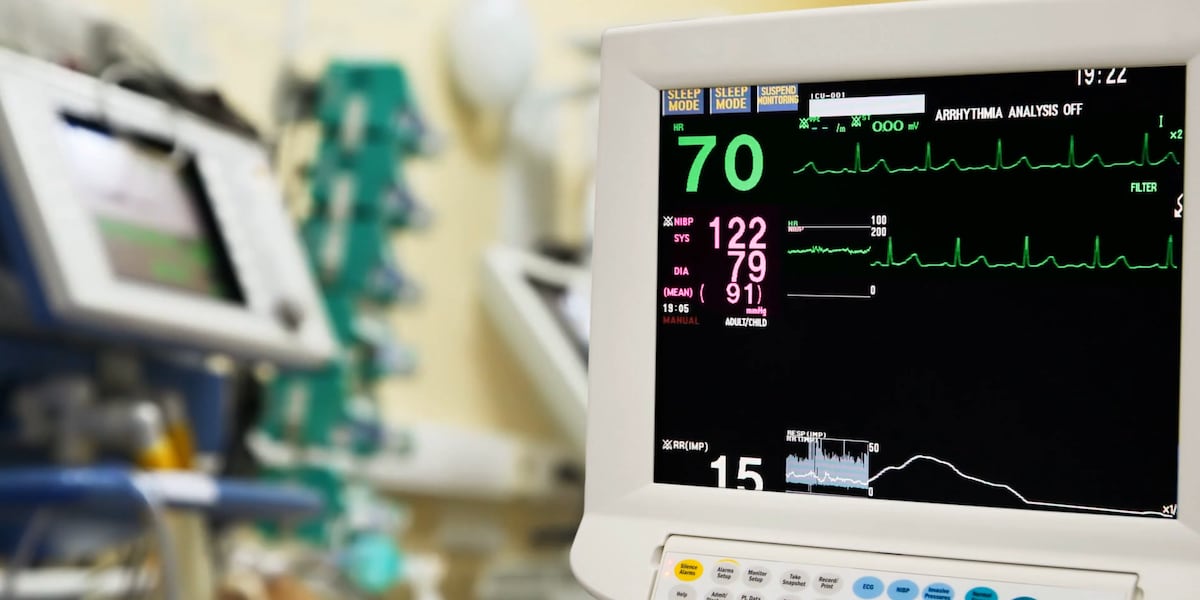At the beginning of the pandemic, the number of people who got antibiotic-resistant infections in the hospital and died went up and wiped out a lot of progress, according to new Centers for Disease Control and Prevention data.
The agency said those infections were down 27% from 2012 to 2017 but increased 15% from 2019 to 2020. Experts said uncertainty about how to treat COVID-19 in the early days, plus a lack of available treatments, contributed to the rise.
“We discovered fairly soon into the epidemic that it was really the virus and not these other infections,” said Dr. Sameer J. Patel, director of Antimicrobial Stewardship. “So a lot of the antibiotic use we had with the general COVID care was unnecessary.”
A lack of personal protection equipment and staffing shortages may have played a role. Experts said making sure we are better prepared cannot wait until the next pandemic.
“There isn’t a one and done with infectious disease threats, whether it’s COVID or antibiotic resistance or monkeypox or anything else and that a robust infrastructure of communication and screening and tracking and availability of therapeutics,” Patel said. “Investment in infection control is necessary.”





